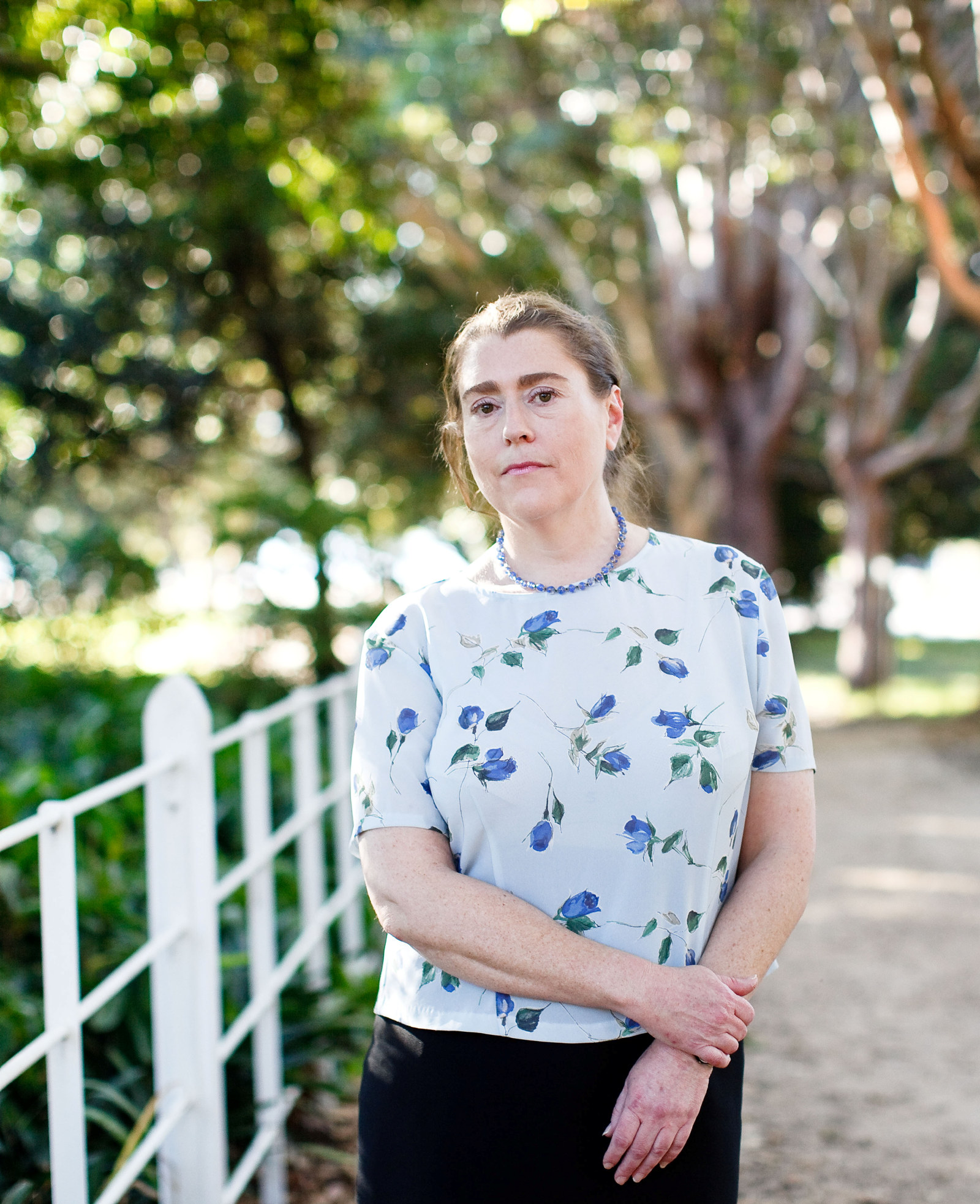Kathleen Buchanan Rouse
1878–1932
Deeply affected by the news of the death of her fiancé, Norman Pearce, in August 1916 Kathleen Rouse embarked for England on the Tainui with her friend Jill Louche to join the war effort.
She had been active in the Kellyville–Rouse Hill Red Cross branch and other fundraising activities, but perhaps she felt the need to do something more concrete.
She was soon working as a VAD (Voluntary Aid) in Salisbury.1 The work of a VAD, performing essential but often dirty and menial tasks, was physically demanding, and seems to have proved too strenuous for Kathleen. Still grieving, she suffered some sort of a breakdown, but in August 1917 Jill Louche could report that she was ‘so much more like her old Self’.2
By November she was staying with her aunt at Charing in Kent, helping out at one of the local hospitals but keen to do more. Here she was even closer to the realities of the war. Her sleep was disturbed by air raids, and the pounding of guns from the battlefields across the Channel could be heard when the wind was blowing in the right direction. Soon she was working as a VAD again in Sussex, but found night duty a strain.
By March 1918 Kathleen was at the AIF and War Chest Club in London. At first she worked serving meals, which she found ‘awfully fatiguing’ – hardly surprising when they fed 5000 men a day – and later in the post office. Established in 1916 under the auspices of the Australian Comforts Fund, the club provided meals, accommodation and other facilities for soldiers on leave or recuperating, as well as lectures, concerts and other entertainments, including sightseeing and theatre excursions. It was staffed by AIF orderlies, ‘paid charwomen’ and a ‘small army of lady voluntary helpers’.3 Intelligent and observant, Kathleen wrote lively letters describing daily life in wartime England – a world away from the peace and comfort of home. After working in a London office, in October 1919 she finally returned to Rouse Hill with its treasured mementoes of Norman. Her war work was recognised with a presentation by her fellow Red Cross members.
Before the war, Kathleen had enjoyed an active social life, visiting family and friends, attending balls – even acting as one of the ‘Butterfly Maidens’ organising an annual dance in Parramatta – and performing in local amateur concerts and theatricals. She had developed a love of travelling, an interest she pursued again, perhaps more restless and unsettled after the war. Tragically, her infatuation with a White Russian émigré, Andrew Gaylit, was to lead to her death in mysterious circumstances, presumed murdered, in China in mid-1932.
Footnotes
- Details of Kathleen’s war work are largely drawn from Caroline Rouse Thornton, Rouse Hill House & the Rouses, Caroline Thornton Publishing, North Sydney, 2015.
- Geraldine Louche to Annie Jane Perry, 17 August 1917. The Miriam & Ian Hamilton Collection.
- The Richmond River Herald and Northern Districts Advertiser, 26 June 1917, p4; 11 March 1919, p4.
Published on
